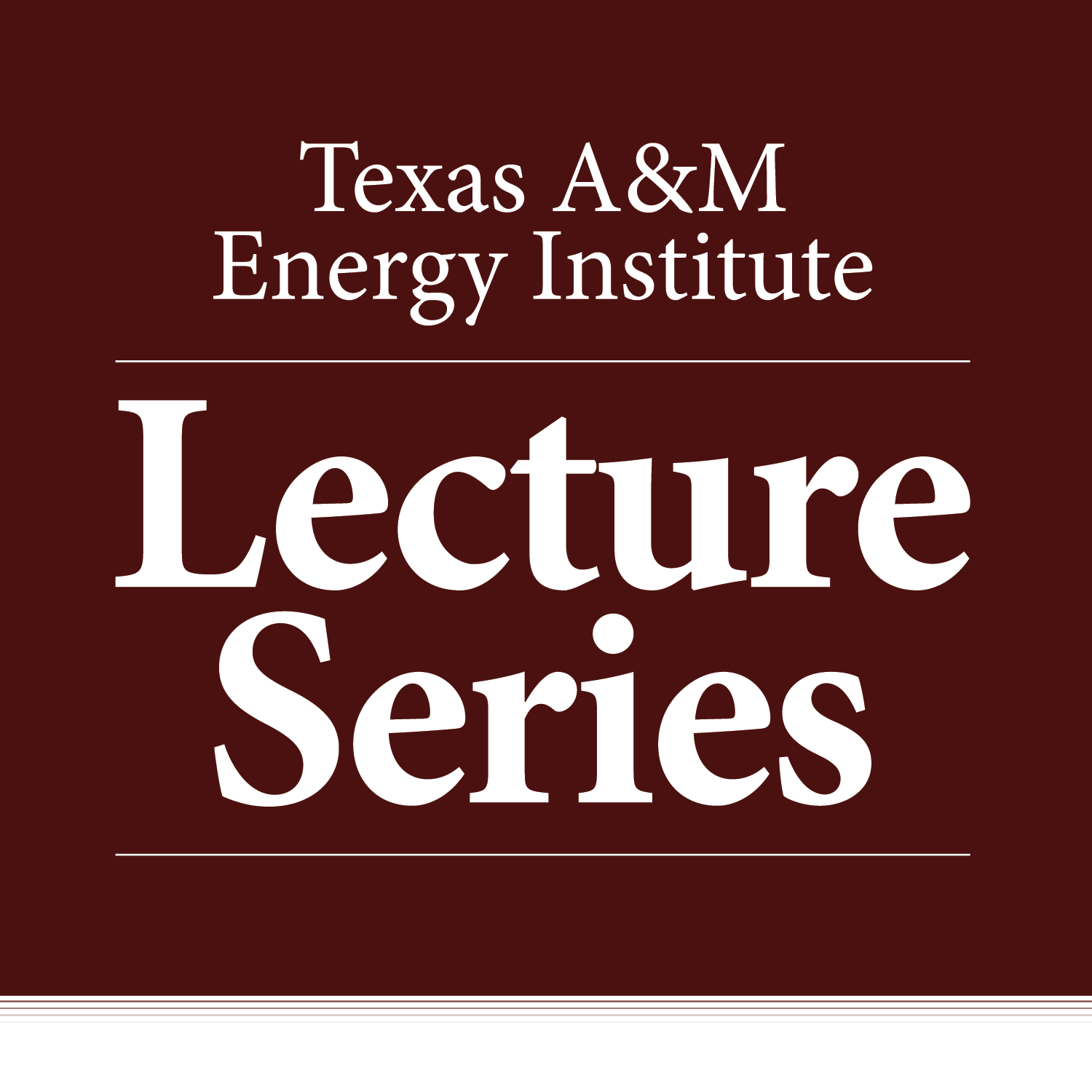
“The complexity of the ocean and the technology required to understand it: The opportunity for TAMU engineers and oceanographers to integrate”
The next presentation in the Energy Institute Lecture Series, featuring Anthony H. Knap, Director of the Geochemical and Environmental Research Group, Professor of Oceanography, and James R. Whatley Endowed Chair of Geosciences at Texas A&M University, will be held on Wednesday, April 6, 2016 from 12:00 – 1:00 p.m. in 205 Mitchell Physics Building. He will present “The complexity of the ocean and the technology required to understand it: The opportunity for TAMU engineers and oceanographers to integrate.”
Abstract
The ocean covers over 70% of the surface of the planet. Approximately 60% of the world’s population lives within 100 km of the coastline. The ocean plays an incredible role in adsorbing heat and moving that heat around the world through ocean currents.
Observations of the ocean environment are needed by many and diverse groups of government, private sector, and academic, stakeholders. The physical environments are vast and diverse and range from tropical, to temperate, to high-latitude climates. The need for the observations to be sustained and near real-time presents many technical challenges that test the limits of sensor and platform technology and communication while harsh environmental conditions can present logistical and operational challenges. New and improved sensors, instrument systems and platforms, and autonomous vehicles continue to develop and improve the capacity, capability, and accessibility of these systems.
This talk will outline some of the problems we currently face in observing the ocean, discuss some of the technologies which are being developed and discuss the importance of working with industry to solve these problems as well as planting a seed of how Engineering and Ocean Sciences need to work closer together on these problems.

